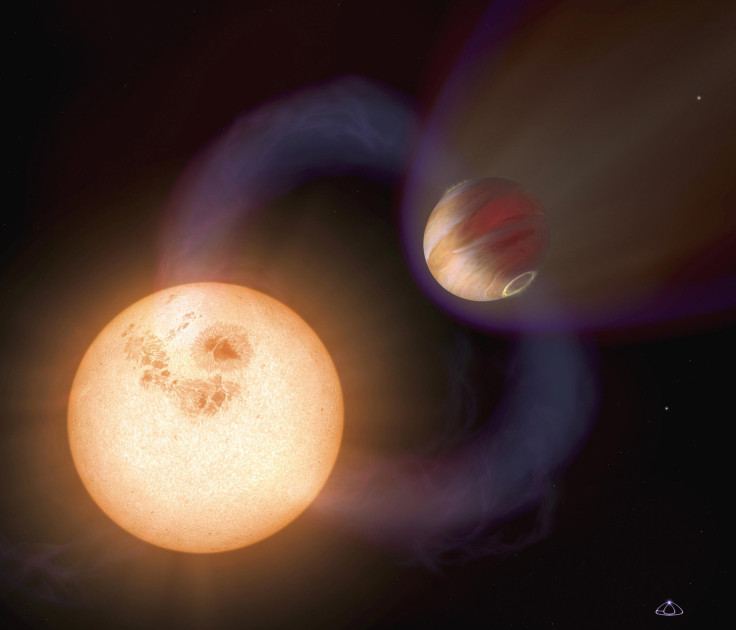Creepy Exoplanets That Look Like Eyeballs Could Be Real, Astronomer Claims

KEY POINTS
- An astronomer claims exoplanets that look like eyeballs are real
- Eyeball exoplanets can be formed through tidal locking
- Certain regions of eyeball exoplanets could be habitable
There could be a new type of exoplanet that resembles a giant eyeball floating in space. According to a previous study, variations of these eyeball planets could be habitable.
According to an astronomer and planetary scientist Sean Raymond, certain exoplanets orbiting a host star could end up looking like giant eyeballs due to a concept known as tidal locking. This is a natural phenomenon that occurs when a cosmic body rotates at the same rate as its orbit.
For instance, the Moon is tidally locked to Earth. This is the main reason why the Moon’s dark or far side is never seen from Earth. Due to tidal locking, the Moon faces the same direction as it orbits Earth.
For exoplanets that are tidally locked to their own host stars, they are always facing in one direction. Since the side facing the host star never changes, these exoplanets have extreme environmental conditions.
As Raymond explained, the side facing the star could be very dry and hot due to stellar radiation. On the other hand, the side facing away from the star could have a massive frozen region or ice cap. Either way, the two halves of these types of exoplanets would develop features that make them look like an eyeball staring out into space.
“Hot eyeball and icy eyeball planets are extreme cases, but any planet that is tidally locked to its star is likely to look very different on its dayside and its night side,” Raymond explained in an article on Nautilus.
“Differences could come from clouds clustered in certain areas, from preferential melting of ice on the dayside or freezing of ice on the night side, or from any number of other possible sources,” he continued. “The galaxy may be littered with wild varieties of eyeball planets.”
In a previous study on eyeball exoplanets, which was published in 2013, the astronomers claimed that the icy or hot regions of these alien worlds could have habitable conditions that can support life. Of course, this still depends on the exoplanet’s overall distance from its host star.
© Copyright IBTimes 2024. All rights reserved.





















